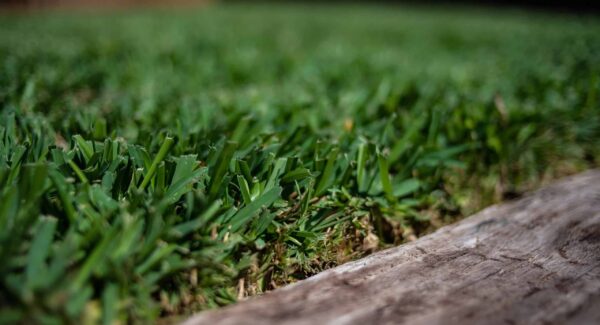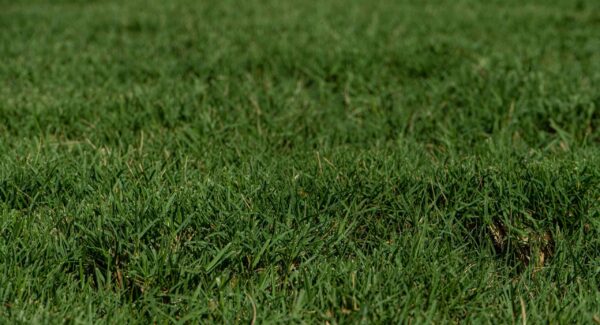Tips for Combatting Winter Weeds
Have winter weeds? You’re not alone. Winter weeds are a common, albeit unwelcome, sight for many homeowners during the colder winter months—causing many people to wonder how to get rid of them. Fortunately, with the right products, applied the right way, you can cut down on winter weeds for good.
In this blog, follow along as we share some of our best tips for fighting back against winter weeds, plus some of our best advice for ensuring your yard continues to look its best.
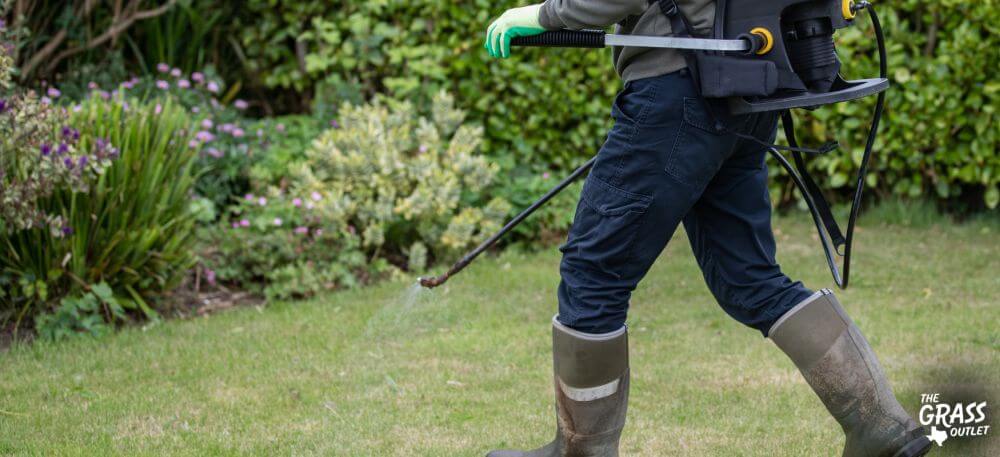
Pre-Emergent Herbicides: The Most Effective Way To Combat Winter Weeds
The most effective way to control winter weeds, by far, is to treat your lawn with a pre-emergent herbicide in the spring, summer, and fall before the weeds emerge. Pre-emergent herbicides are “herbicide weed killers” that are applied before weed seeds start to germinate. By creating a top-level barrier that prevents weeds from sprouting after they’ve germinated, pre-emergent herbicides can keep your lawn weed-free throughout a single growing season.
Guidelines for Pre-Emergent Herbicides
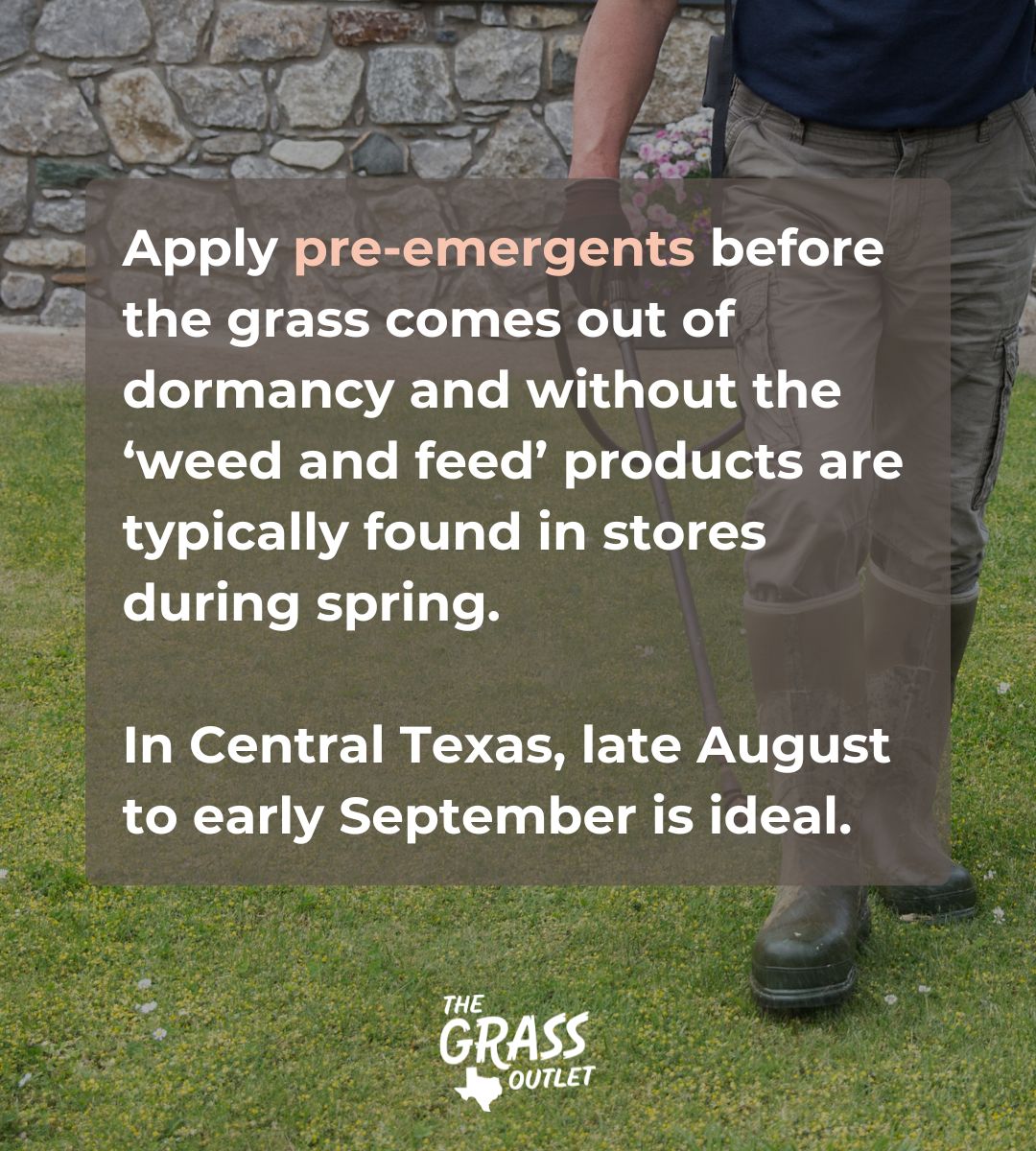
Something to know about pre-emergent herbicides is that timing is everything. For the chemicals to work, they must be applied before the weeds emerge, and when the soil temperatures are just right. Moreover, they’re useless on weeds tha have sprouted, so it’s better to apply them a few days early than a few days too late.
Note: Ever noticed that stores tend to carry ‘weed and feed’ products—usually in the spring? Keep in mind that these products are not typically recommended for your first spring application because pre-emergents should be applied before your grass begins to come out of dormancy, rendering the fertilizer (feed) portion useless, since fertilizers only benefit actively growing grass.
Live in Central Texas? If so, the best time to install pre-emergents for winter weeds is usually between late August through the beginning of September. Apply a common treatment such as Barricade and make sure to mow your lawn before you do so the granules can reach the soil’s surface.
Post Emergent Herbicides: Total Eradication
While treating your lawn with a pre-emergent herbicide can be super effective at eliminating most weeds from your lawn, doing so might not eliminate all of them. That’s why it’s generally recommended that you treat your yard with a post-emergent herbicide to completely remove any stubborn weeds that may be left over.
Note: Unlike pre-emergent herbicides, post-emergent herbicides work to kill weeds after they’ve already sprouted—by traveling down the stalk into the roots to kill the weed. While they are effective, they can be slightly finicky, and will often work better by adhering to the following tips.
Guidelines for Post-Emergent Herbicides
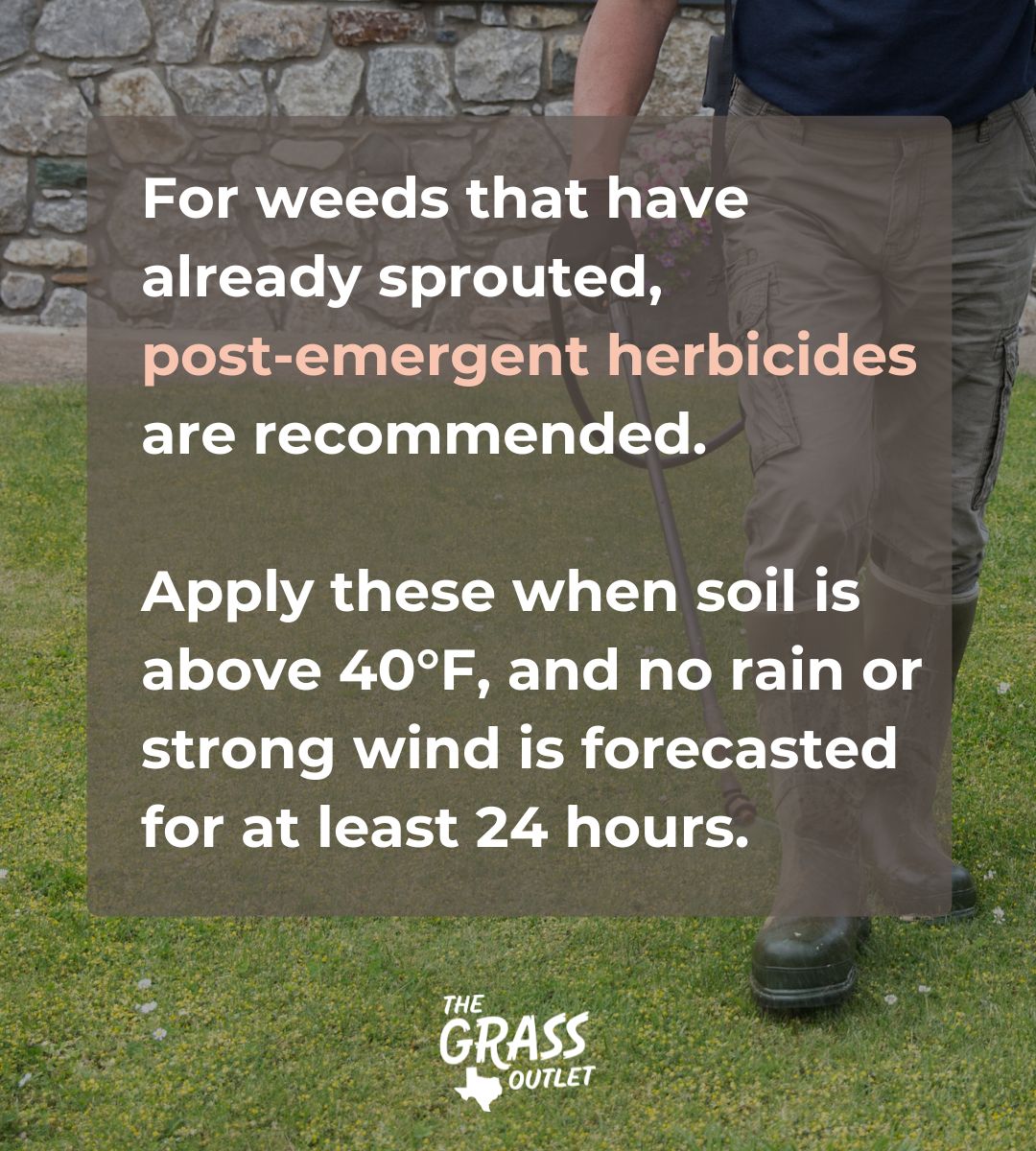
The best time to treat your lawn with post-emergent herbicides is as soon as the weeds emerge, ideally when the soil temperature is above 40 degrees* Fahrenheit (to protect your grass from damage.) You should also check the local forecast, and ensure you’ll have a minimum of up to 24 hours without any rain or substantial wind before you treat your yard. Finally, if your weeds are more mature or go to seed, you may need to repeat the process, ideally under the same conditions.
Note: For newly installed grass, avoid treating until the grass has fully established, primarily with broadcast applications.
In Central Texas? The most common winter weeds in our area include chickweed, henbit, and poa annua (also known as “annual bluegrass”.) The best types of post-emergent herbicides for these types of grass include Atrazine for St. Augustine grass, and Celsius WG Herbicide for Bermuda, Zoysia, and Buffalo grasses.
*Broadleaf weeds are more challenging to treat when ambient temperatures are cooler than 65 and above 85 degrees Fahrenheit.
Get Answers To All Your Grass Questions
We hope this information has helped figure out how to tackle your winter weeds. And, if you have a question about lawn care, we hope you know you can always contact us for help!
At The Grass Outlet, customer satisfaction is our #1 priority, which is why we have a dedicated team of turfgrass experts standing by to help. Whether you need a product recommendation or an answer to a question, you can count on us to provide it.
Contact us today for expert lawn care assistance today!
